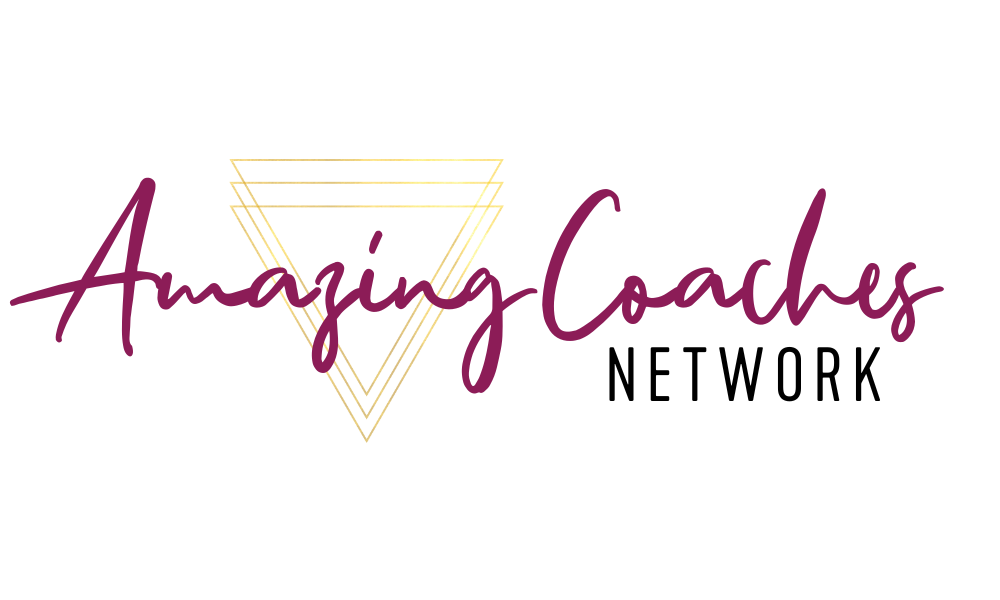Writing blogs and online articles is an integral part of Internet marketing. The following tips will help you increase your readership and share your expertise.
1. Connect. Write to your audience and connect with them. Instead of writing like a robot with keywords, make sure your language is engaging and easy to read. Write as if you are writing to the person reading directly.
2. Relax. Forget the formal rules of writing a paper that you were taught in school. While articles and blogs need beginnings, middles, and conclusions, try to relax and make each part something your reader will enjoy.
3. Inform. People go online to get information. Even if your blogs or articles are intended to sell a service, your first job is to provide helpful information.
4. Have an objective. Don’t just blindly write a blog or article. Always have a theme or objective in mind. This will keep you from wandering around and making readers dig for the information.
5. Re-purpose. Don’t just write an article or blog on one topic and call it good. Take that one piece and turn it into a few articles or blogs. This way, you’ll have more material and in-depth ideas to explore.
6. Be timeless. Chances are your blog or article might stay online for years. If you are constantly citing things in the news or won’t interest people down the line, leave them out. Think about timeless subjects, and try not to reference years and dates too much. The reader wants to believe your article is new and fresh even if you wrote it years ago.
7. Use short sentences and paragraphs. While you don’t want sentences that are too short, ones that are too long are even worse. An online reader will get bogged down by complex sentence structures, so keep it short and concise. Keep it to 3 to 5 sentences max.
8. Use bullet points and headings. Bullet points and headings are another way to have an online article or blog easier to read. Don’t make your readers work while they take in your article. Give them an appealing layout and make it easy to skim through to see if the article is worth reading.
9. Great Images. A picture is worth a thousand words. Make sure to use great images that help paint a picture of what you are discussing. Many of your readers are visual learners, which will help paint the picture of what you are trying to say and encourage them to read the article. Important Note: Don't steal images from google or social media. You could be facing copyright issues and get into a lot of trouble legally. Get your photos from stock photo sites such as my fav depositphotos.com
10. Check word count. Don’t just write an article without an idea of how long it should be. Try to stick to a specific word count. Articles that have excess lengths tend to be too hard to read online. If in doubt, turn your article or blog into a series. Compare the length of your articles or blogs to those you respect in your industry, If you end up with a blog or article that is too long, make sure to add more visuals, such as pictures, to break up the text.
11. Include your contact information. You must include contact information if you want readers to find you. Articles submitted to any online article directions must have your name and a link to your website in the biography. You should also have a way for people to comment or contact you from your blog.
Using these tips as guidelines will improve your blogs and articles, and you will start to see more traffic, leading to more monetization. Happy Blogging!








